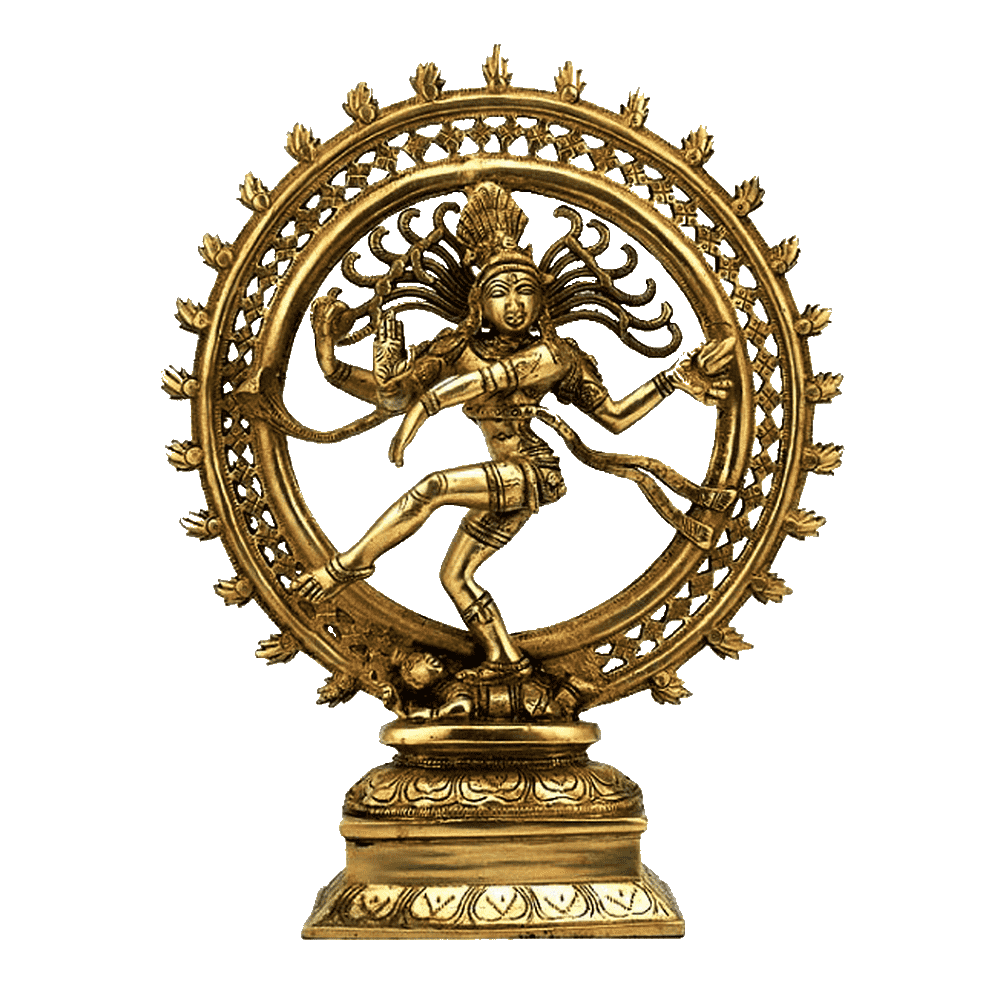
Saivagamas
scriptures within the Śaiva tradition of Hinduism
Introduction:
Ṣaivāgamas are a significant collection of scriptures within the Śaiva tradition of Hinduism. They are considered foundational texts that provide comprehensive guidelines for temple construction, rituals, and the worship of various forms of Lord Śiva. The word “Agama” is derived from the Sanskrit root “āgam,” which means “that which has come down” or “tradition.” These texts are believed to have been divinely revealed by Lord Śiva to different sages and seers, imparting sacred knowledge for the benefit of humanity.
Origins and Context:
The Ṣaivāgamas, along with the Vaiṣṇava Āgamas and Śākta Āgamas, belong to the broader category of Tantra. These scriptures date back to ancient times and have been transmitted through oral tradition and written manuscripts over centuries. They are classified into various schools or traditions based on their content, deity worship, and rituals. Some of the well-known Śaiva Āgama schools include the Pāśupata, Kālāmukha, Kāpālika, and Vīraśaiva.
Teachings and Contents:
The Ṣaivāgamas cover a wide range of topics related to temple worship, rituals, and the spiritual practices associated with Lord Śiva. Some of the key teachings and contents include:
Temple Architecture:
Ṣaivāgamas provide detailed instructions for temple construction, including the design, layout, and dimensions. They describe the various components of a Śaiva temple, such as the sanctum (garbhagṛha), inner and outer prakarams (enclosures), the main deity’s representation (mūrti), and the placement of various sculptures and symbols.
Iconography and Symbolism:
These texts elaborate on the symbolic representation of Lord Śiva and other deities worshiped in the temple. They describe the iconography of Śiva in various forms, including the linga, anthropomorphic representations, and other divine manifestations.
Rituals and Worship:
The Ṣaivāgamas delineate elaborate rituals and daily worship practices to be performed in the temple. These rituals involve offerings of flowers, incense, lamps, and other sacred items to the deity, accompanied by chanting of mantras and prayers.
Festivals and Celebrations:
The Āgamas also specify the various festivals and special occasions to be observed in the temple throughout the year. These festivals often include processions, music, dance, and other forms of devotional expression.
Spiritual Practices:
Apart from temple worship, the Ṣaivāgamas also discuss spiritual practices, including meditation, mantra recitation, and yoga, aimed at developing a deeper connection with Lord Śiva and achieving spiritual realization.
Ethics and Moral Principles:
The texts emphasize the importance of ethical conduct and moral principles for both the temple priests and devotees. They encourage virtues such as truthfulness, compassion, and devotion as integral aspects of a devotee’s life.
Enduring Significance:
Throughout history, the Ṣaivāgamas have been diligently preserved and transmitted within the Śaiva community. Temple priests and spiritual teachers play a crucial role in preserving and passing down this sacred knowledge to the next generations. The Ṣaivāgamas continue to be revered and followed as authoritative texts in Śaiva temples, guiding the rituals and practices that facilitate a profound connection between the devotee and the divine.
Conclusion:
The Ṣaivāgamas hold immense significance within the Śaiva tradition, providing detailed guidelines for temple construction, rituals, and the worship of various forms of Lord Śiva. These foundational texts serve as a spiritual guide for temple priests and devotees, offering a pathway to a deeper understanding of the divine and a means to experience the profound presence of Lord Śiva in their lives. The preservation and continued practice of the Ṣaivāgamas contribute to the vibrant and enduring Śaiva tradition, connecting devotees to the timeless spiritual heritage of ancient India.
Editor – Kaalchakra Team
[ Note – Before Concluding anything as a Finale, Please Go through Original Scriptures of Vaidik Literature Written in Sanskrit and Also with Meaning of That time of Language. Because English is a Limited language to Explaining the Deeper Knowledge of Vaidik Kaal. ]
